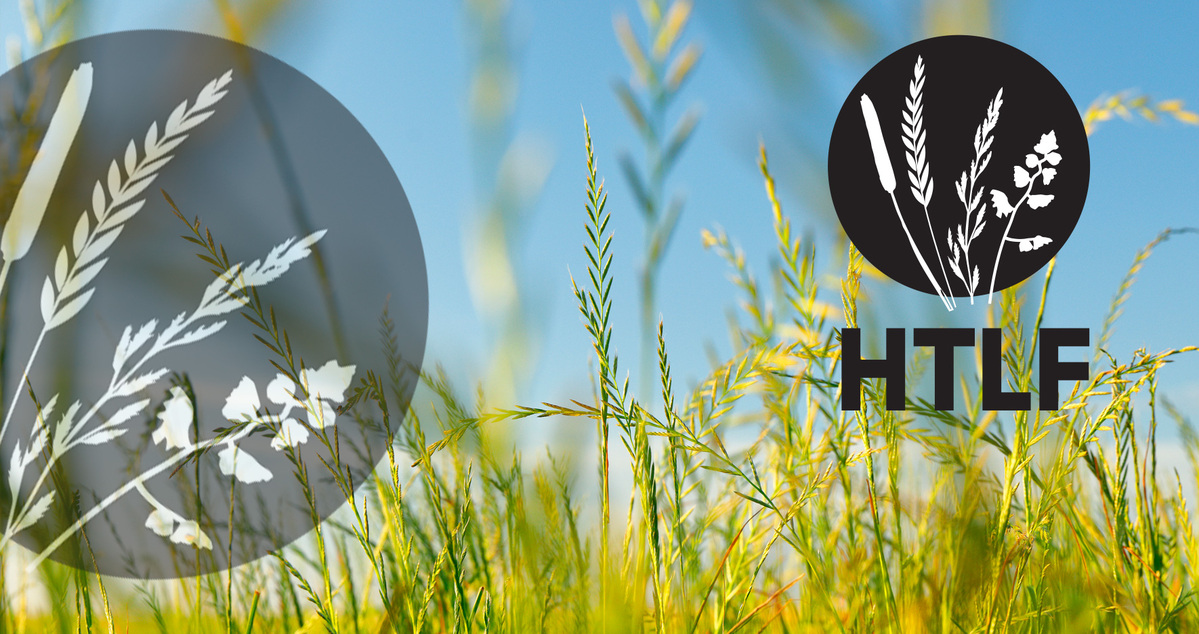“Why our members should care about Find out about the NFU Herbage Technical Levy Fund.”
NFU member Nigel Friend
There are around 8500ha of herbage seed grown in the UK each year. Perennial Ryegrass makes up the bulk of this with around 6500ha. Other species are Hybrid Ryegrass (1000ha), Italian ryegrass (500ha) and Red Fescue (500ha). A total of around 9,000 tonnes of seed will be produced from this area.
The industry is vertically integrated within the UK. Variety breeding takes place in Wales. Crops are placed by 6 or so contracting merchants. There are in the region of 150 Herbage Seed growers across the country, predominantly in the south and east but stretching as far north as South Yorkshire.
The UK is less than 50% self-sufficient in Herbage Seed. Some is exported but more is imported. The UK produces seed to HVS (Higher Voluntary Standards), which has a significantly higher quality specification than seed we import from Europe or elsewhere. Sample purity has to be higher for HVS and acceptable levels of grass weed species much lower.
Being a perennial crop, once established fields will produce seed for two or more harvests. Varieties are classified as either Agricultural, whose use is self-explanatory, or Amenity, where the seed is used for sports pitches, turf, lawn etc.
Demand is quite elastic, with the profitability of dairy/livestock affecting the demand for agricultural types. Amenity demand is somewhat more inelastic but the fortunes of house builders does have an affect.
Crop certification
In order for a crop to pass certification, a field inspection is undertaken to ensure there are no sources of pollen from the same species within 50 meters. If such plants are found the licenced inspector issues a ‘Yellow Form’ with instructions of the actions necessary to ensure cross pollination does not occur. This could be the continued grazing of a grass area or the topping of an offending area to remove the seedheads.
Herbage seed is a great crop environmentally having many benefits including:
- Low nitrogen requirement – 130-160kg/N/ha
- Low insecticide use
- Low fungicide requirement
- Reduced soil movement. Crops are kept for 2 or more harvests and are sometimes under sown in the preceding spring crop.
- Increased soil organic matter through reduced soil movement and the addition of biomass from the grass
- A great habitat for insects and ground nesting birds, both of which are found in abundance in herbage seed crops
- The ability to include livestock in an arable rotation by grazing the herbage seed in the winter months
Agronomy
Establishment
Predominantly Autumn sown, c 10kg seed/ha, in September. A variety of seedbed preparation techniques are used, individual to specific farms, including increasingly direct drilling. Wessex Flea Beetle can be an issue at establishment. Pyrethroid sprays lessen the damage seen.
Some people undersow in (predominantly) Spring Barley. The theory being less slug pressure and less Blackgrass germination due to not disturbing the soil in the autumn.
Nutrition
Seed bed N is used as required.
Spring N totalling 130 – 160kg is applied. The first split end Feb/early March. The rest early April. Later N can reduce leaf growth and encourage tillers but the risk of a dry spring means April usual timing.
Spring applied MOP 9c100kg/ha) has been shown to improve yields
Growth regulation
Plant Growth Regulators are used to try and keep the crop standing during flowering. This enables higher N use to improve yields. In an ideal world the crop will lodge slightly post flowering to give protection from seed shedding (wind/rain). Getting the applications of PGR right is an art!
Weed control
Blackgrass, Annual and Rough Stalk Meadow grass are the main problem grass weeds. Ethofumestate is used in conjunction with other contact herbicides in the autumn. Hand roguing is the option of last resort, but done frequently.
BLW control is easy with either Hormones or SUs (Florasulam).
Disease
Disease is not generally a great problem but easily controlled with the current fungicides available. Rusts can be yield reducing, especially if the come in late (July – Black Stem Rust).
Insect pests
Aphids can colonise the crop in the spring and populations can be managed with Pyrethroids.
Harvest
Three methods are used:
- Swathing – mow at 40% and pick up with combine
- Direct cutting – combine from c30%. This can be problematical following a wet June due to leaf regrowth. Potentially a slow process
- Stripping – faster than the above but specialist header costs £30K+.
All 3 methods have the potential to see field losses, especially at lower moistures. Seed weight increases as moisture reduces but on farm, a balance has to be struck between potential losses due to shedding. Some varieties shed more than others.
Post harvest management
Following the first harvest the field should be topped as low as possible with, ideally, the aftermath grazed through the autumn/winter. Insect (bibionids, chafer grub) and slug damage can occur, especially if there is a mat of straw.
Seed cleaning
Once dry, seed is cleaned to certified standard to remove impurities. This is generally undertaken by a few farmers, with the appropriate cleaning machinery.
